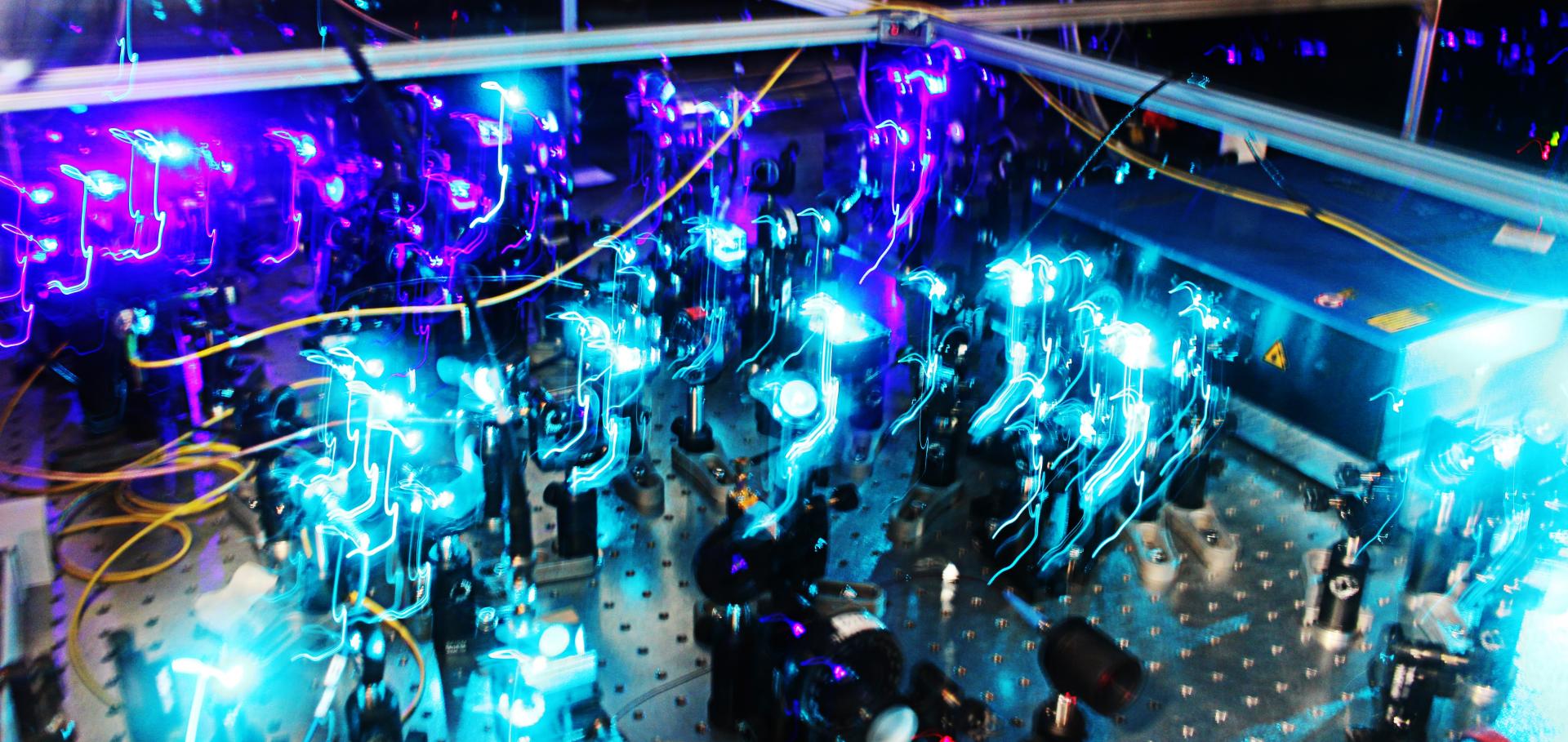Scale-estimation of quantum coherent energy transport in multiple-minima systems.
Scientific reports Nature Publishing Group 4 (2014) 5520
Abstract:
A generic and intuitive model for coherent energy transport in multiple minima systems coupled to a quantum mechanical bath is shown. Using a simple spin-boson system, we illustrate how a generic donor-acceptor system can be brought into resonance using a narrow band of vibrational modes, such that the transfer efficiency of an electron-hole pair (exciton) is made arbitrarily high. Coherent transport phenomena in nature are of renewed interest since the discovery that a photon captured by the light-harvesting complex (LHC) in photosynthetic organisms can be conveyed to a chemical reaction centre with near-perfect efficiency. Classical explanations of the transfer use stochastic diffusion to model the hopping motion of a photo-excited exciton. This accounts inadequately for the speed and efficiency of the energy transfer measured in a series of recent landmark experiments. Taking a quantum mechanical perspective can help capture the salient features of the efficient part of that transfer. To show the versatility of the model, we extend it to a multiple minima system comprising seven-sites, reminiscent of the widely studied Fenna-Matthews-Olson (FMO) light-harvesting complex. We show that an idealised transport model for multiple minima coupled to a narrow-band phonon can transport energy with arbitrarily high efficiency.Optimized entropic uncertainty for successive projective measurements
Physical Review A American Physical Society (APS) 89:3 (2014) 032108
Effects of quantum coherence in metalloprotein electron transfer
Physical Review E American Physical Society (APS) 86:3 (2012) 031922
Effects of quantum coherence in metalloprotein electron transfer.
Physical review. E, Statistical, nonlinear, and soft matter physics 86:3 Pt 1 (2012) 031922


